Workshops
Explore the evolution of genre, and how studios, filmmakers, stars, and European emigres shaped the rich delights of this volatile and alluring era that still invades our dreams.
There are no available registration dates at this time.
Note: This workshop will be held in a live, online format utilizing the Zoom platform.
Class meets Tuesdays, Jan 16-Mar 5, 2024 from 8-9:45pm ET.
The 1930s were a dazzling, turbulent, and formative period in Hollywood, and the films of the era are a treasure-trove of classics and unsung gems. From the rawness of the pre-Code era to the high glamour of the studio system, Hollywood absorbed and reshaped the dreams, desires, and terrors of a public flocking to movie theaters in astonishing numbers.
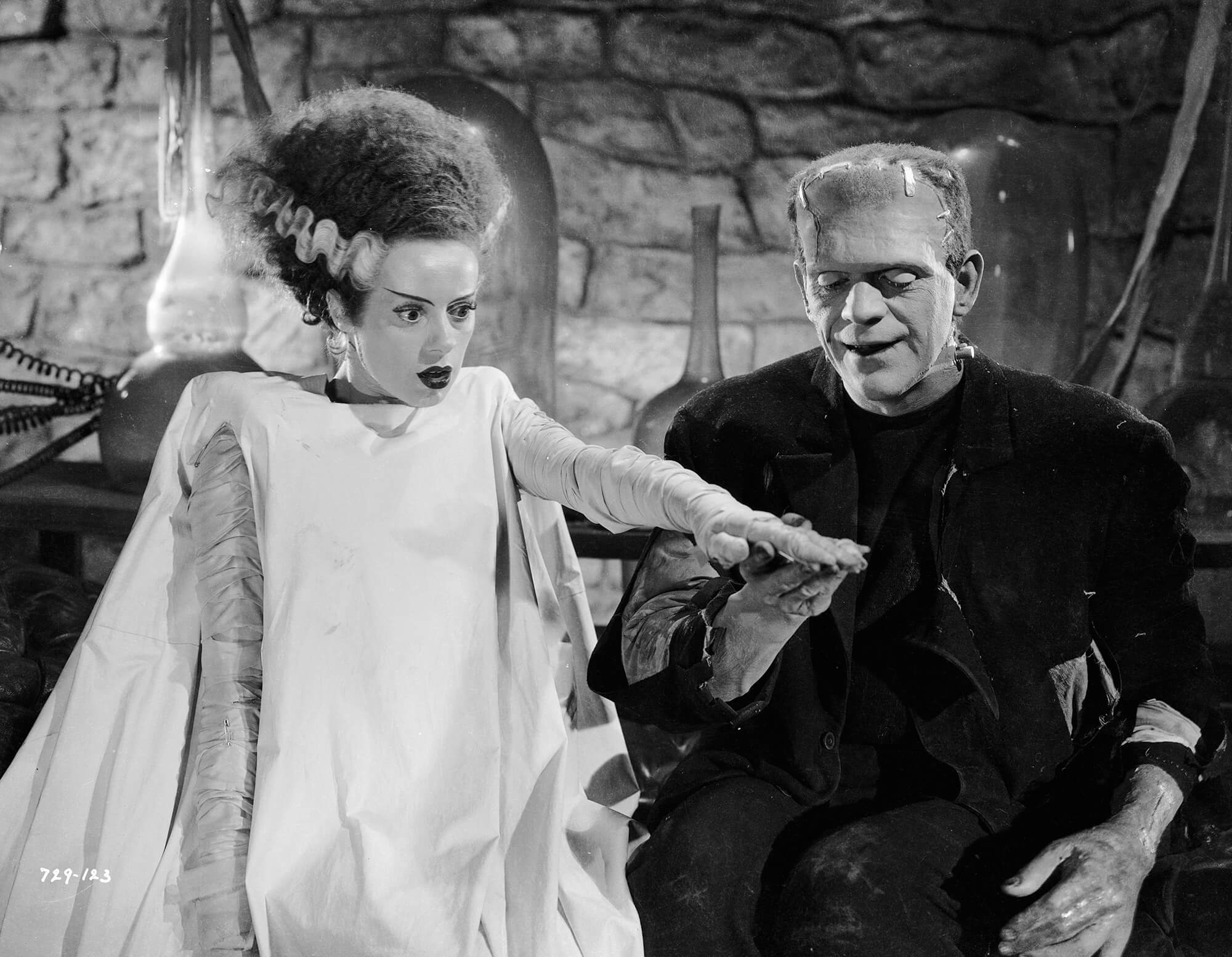
What did they see? A cocktail of sex, smart talk, fantasy, and shocking realism, shaken up by bombshells, tough guys, hoofers, and clowns. The decade saw the maturing and definition of movie genres: crime, action, melodrama, monsters, comedy both sophisticated and screwball, musicals, serials, and the “woman’s film.”
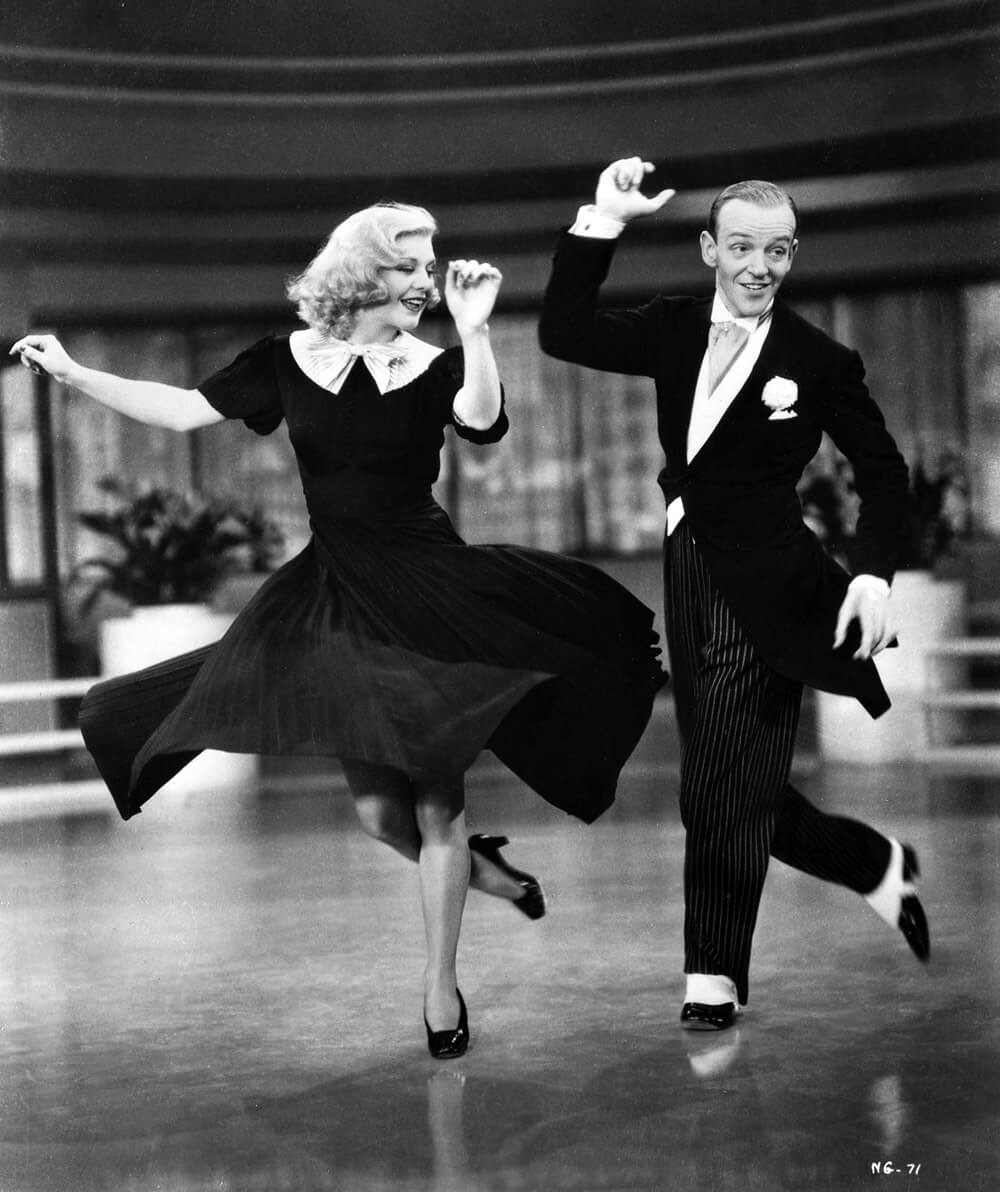
Join film historian and critic Imogen Sara Smith for this fascinating journey into one of Hollywood’s most extraordinary decades. In addition to being a regular speaker on The Criterion Channel, and on disc commentaries for Criterion and other labels, Imogen is the author of two books on film and has published many articles and essays in leading film publications.
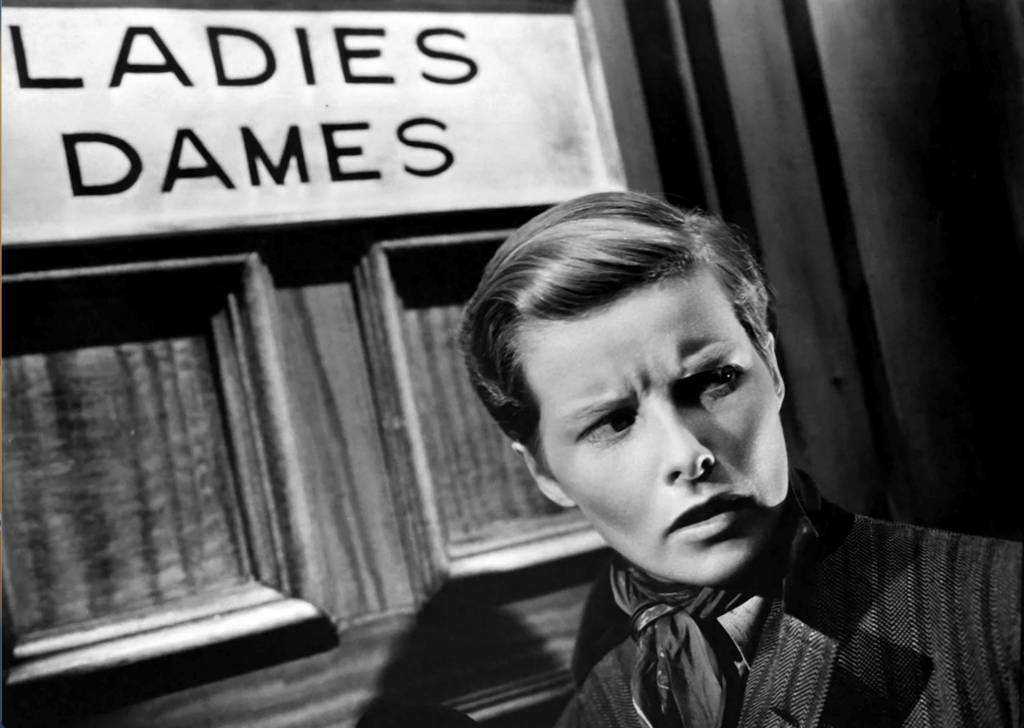
This survey of Hollywood in the thirties will explore the innovations and developments that shaped and continue to shape popular movie-making in Hollywood and beyond.
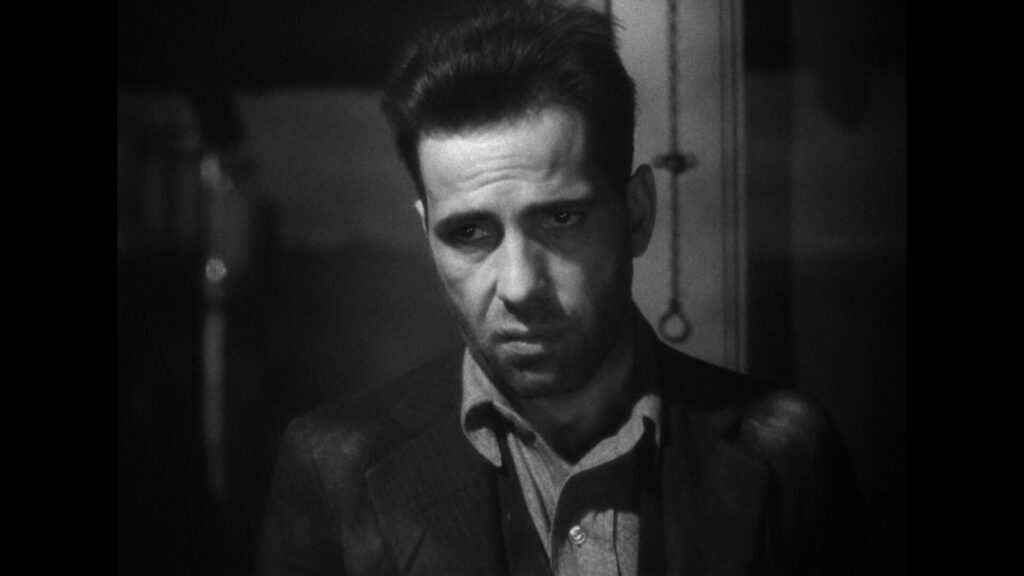
By the mid-1930s, the Hollywood studios had fully consolidated their control of the industry and developed a stunningly efficient system of filmmaking that set a consistently high bar for craft and quality. Each studio had its own recognizable character—continental sophistication at Paramount, proletarian grit at Warner Brothers—and employed art directors, costume designers, and cinematographers who shaped house styles. Artistic creativity and innovation were in constant, fruitful tension with the rigors of corporate control, censorship, and commercial imperatives.
The studios maintained stables of stars whose painstakingly cultivated personas were the driving force behind many films, and whose popularity was burnished by fan magazines, gossip columns, and glamour photography. Vehicles were built around the peerless chemistry of screen couples like Myrna Loy and William Powell, Fred Astaire and Ginger Rogers, while MGM pioneered the “all-star cast” movie, and a host of beloved character actors often stole the show.
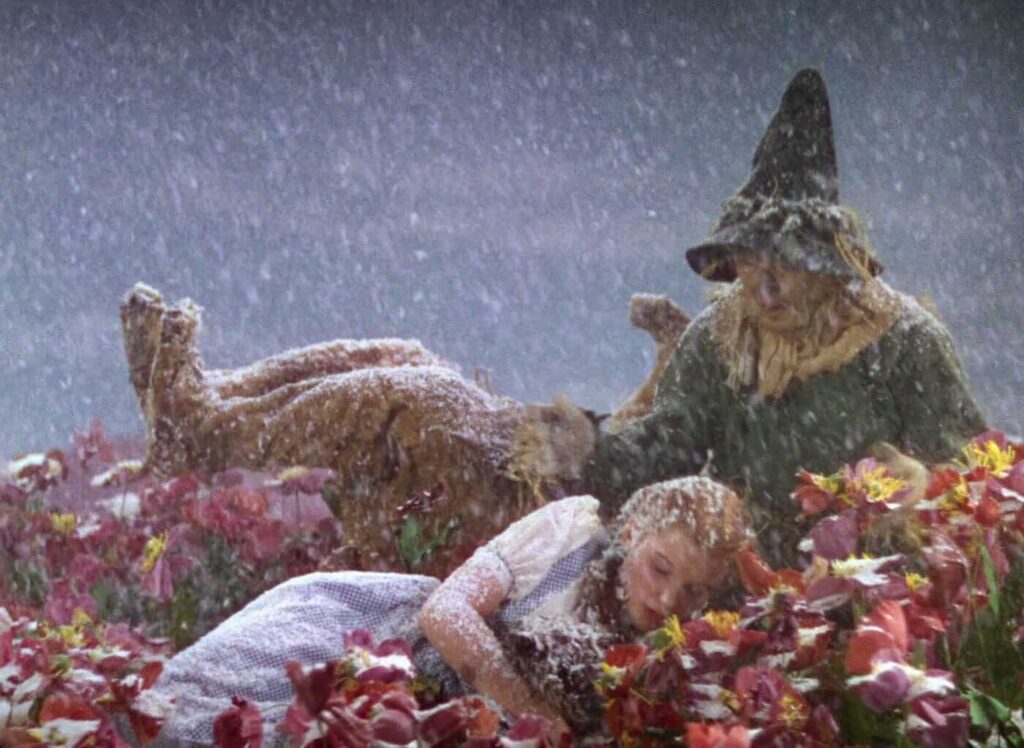
The Great Depression lingered throughout the thirties, and movie theaters responded by offering a full evening’s entertainment for the price of a ticket: cartoon, newsreel, short, serial, and two features. The B movies that filled out these bills, produced both by major studios and Poverty Row outfits, were sometimes among the most daring and wildly entertaining films, shaping genres like science fiction, disaster movie, horror, and horse opera. A few independent filmmakers managed to survive outside the system, such as pioneering Black filmmaker Oscar Micheaux.
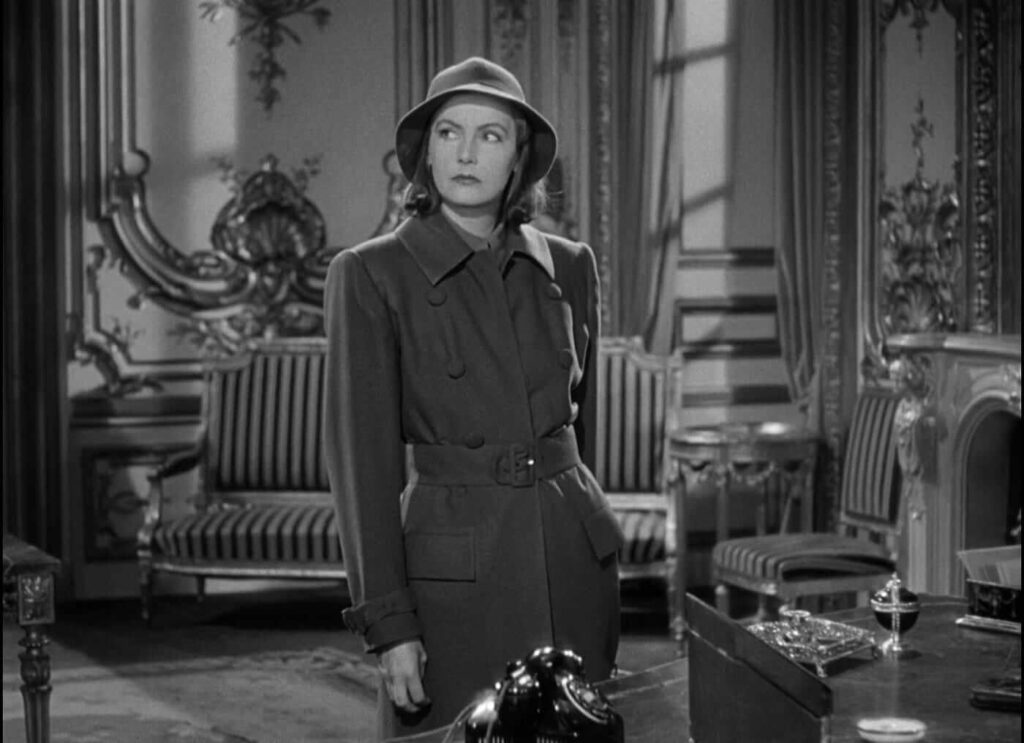
Only one woman, Dorothy Arzner, flourished as a director in 1930s Hollywood, but women were well-represented among writers, supervising editors, and other behind-the-scenes roles. The studios saw women as the primary audience for movies and appealed to them with female-centered dramas and powerful headlining stars like Bette Davis, Joan Crawford, and Barbara Stanwyck. Rebellion against the oppressive control of the studio system seethed among stars and among writers: successful screenwriters Ben Hecht and Charles Lederer launched an experiment in independently directing and producing their own films, and Preston Sturges leveraged his enormous popularity to become the first writer to direct his own screenplays at a major studio in 1940.
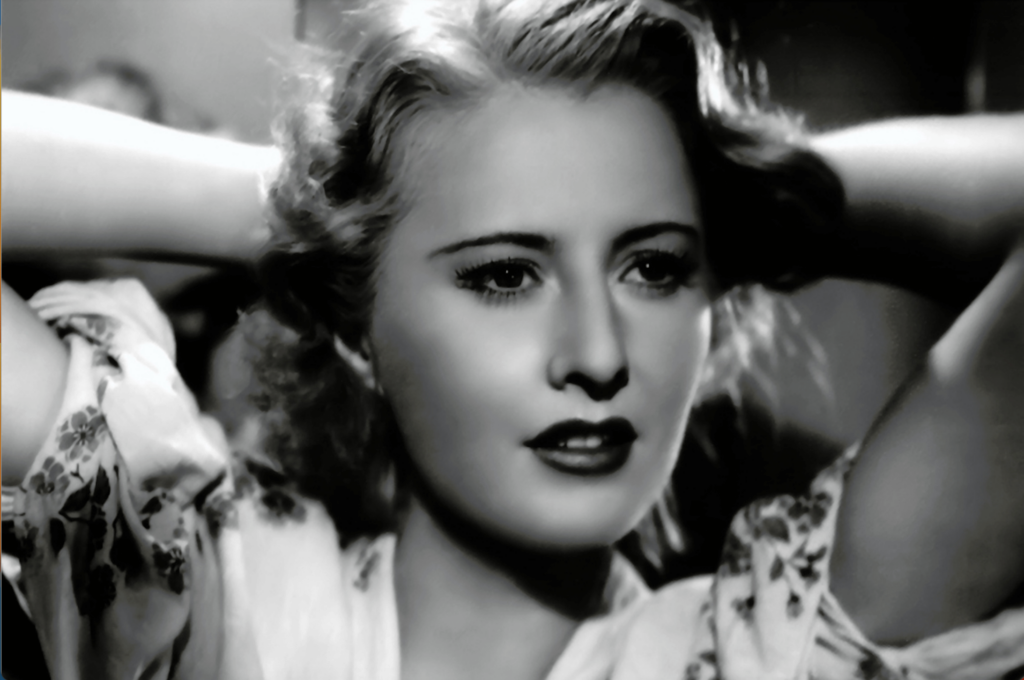
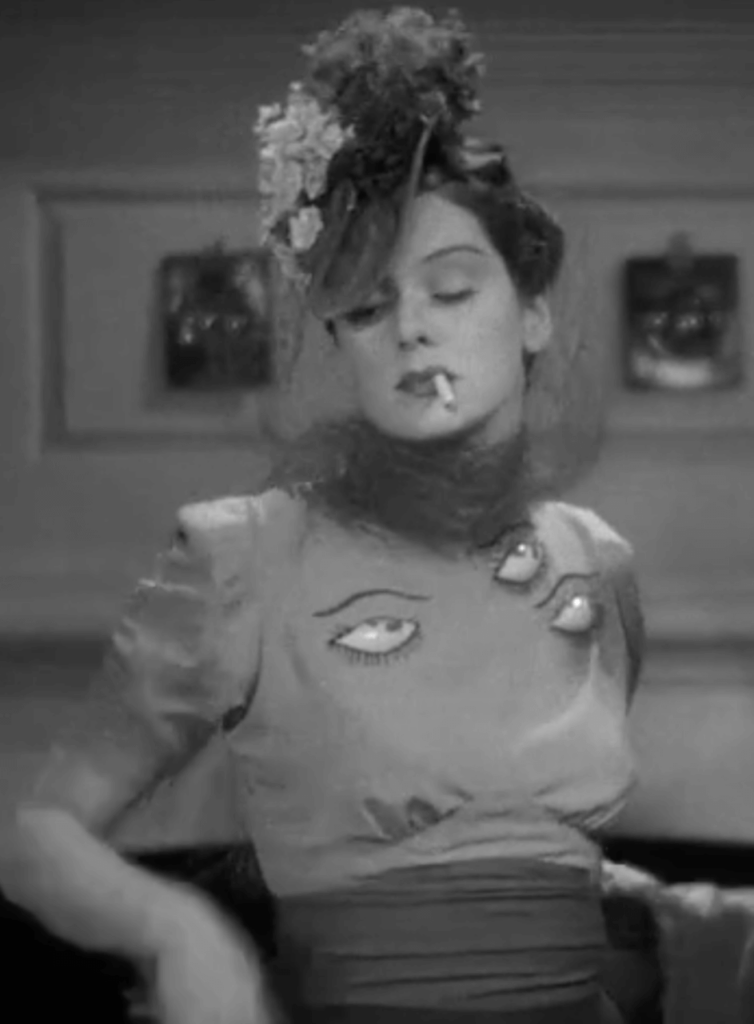
After 1933, Hollywood took in a flood of film-industry refugees from Nazi Germany: directors, writers, cinematographers, and actors who brought the dark stylings of German expressionism and their own experience of the rise of fascism: filmmakers like Fritz Lang, Robert Siodmak, Douglas Sirk, Otto Preminger, and writer-director Billy Wilder would shape the cycle of moody, pessimistic crime dramas later dubbed film noir.
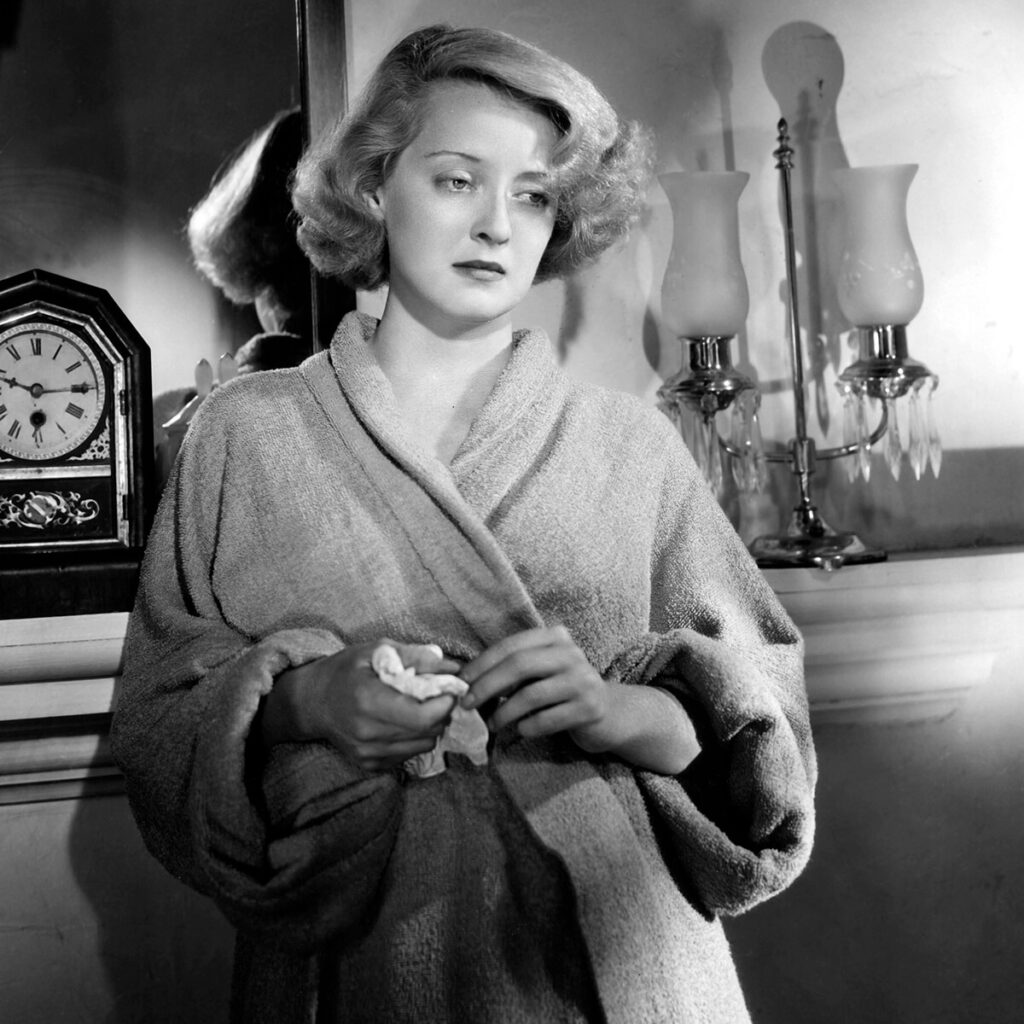
The decade culminated in a year that is popularly regarded as one of Hollywood’s greatest, producing enduring and sometimes controversial classics.
Come discover 1930s Hollywood: sophisticated and rowdy, glamorous and raw, classic and unexpected!
Course requirements:
Note: Participants will watch films through streaming platforms and join a virtual classroom for live lectures and group discussions. Links to recommended texts will be provided. Students should expect expenses of approximately $50 to stream assigned films.
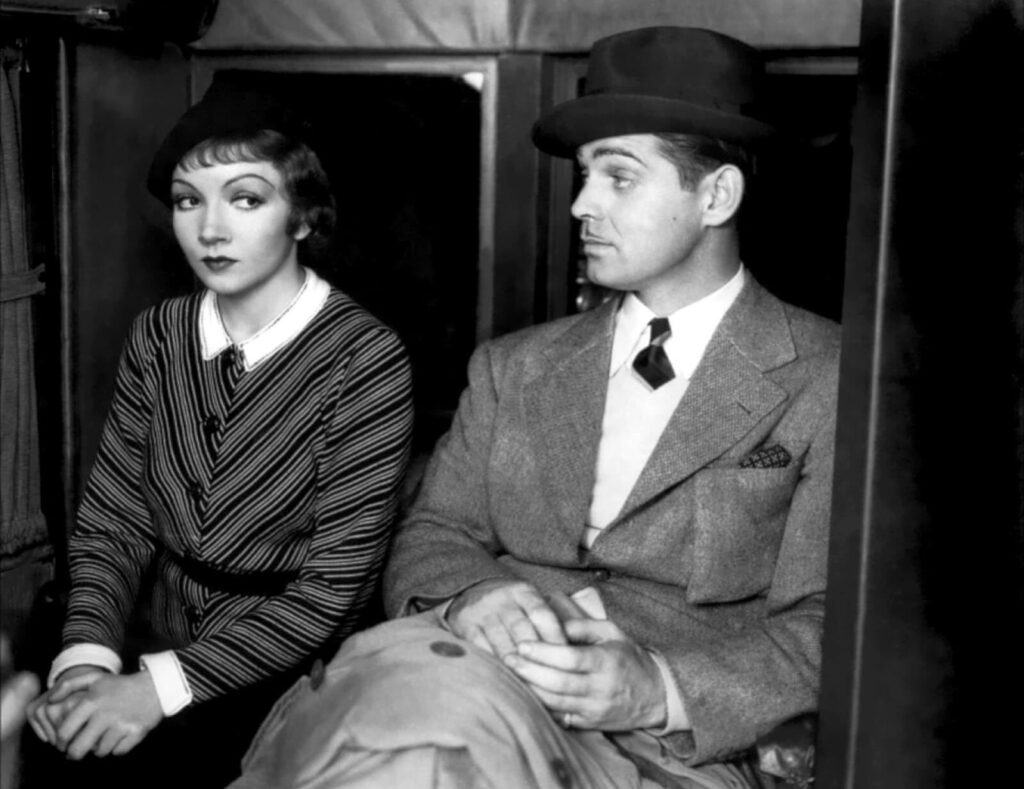
Share This
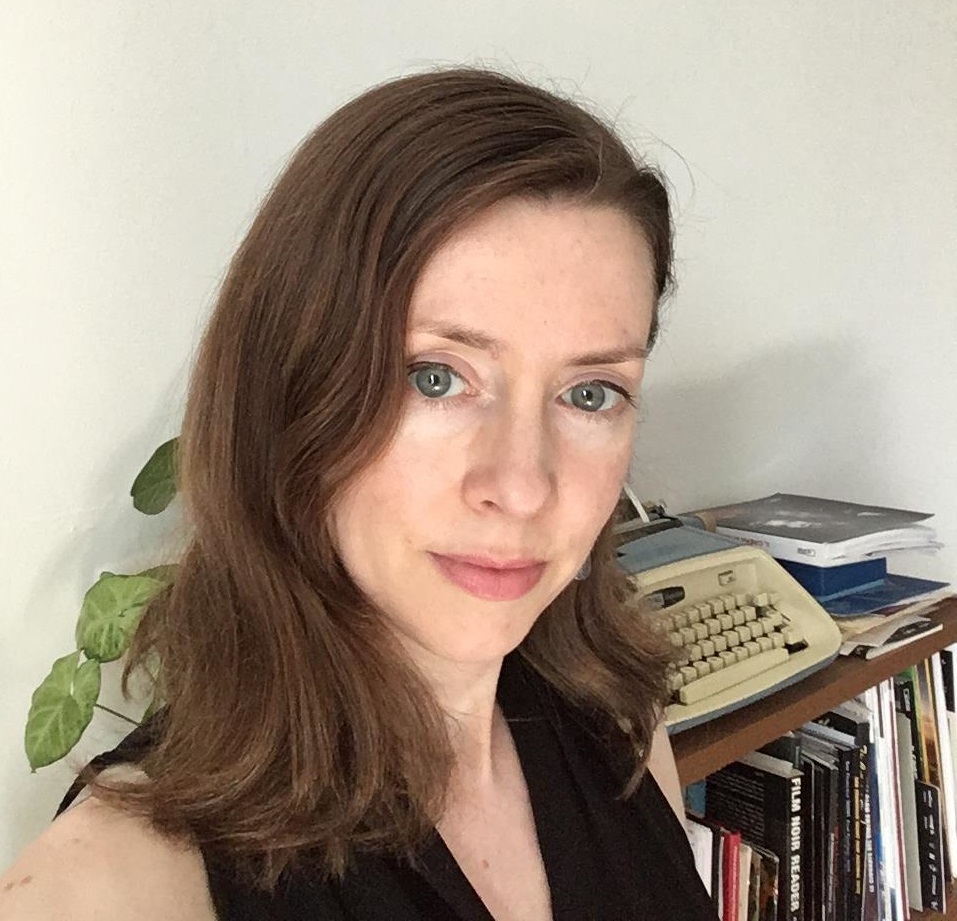
Instructor: Imogen Sara Smith
Imogen Sara Smith is a film critic and historian based in New York City. She is the author of two books, In Lonely Places: Film Noir Beyond the City and Buster Keaton: The Persistence of Comedy, and her work has appeared in Film Comment, Sight & Sound, Cineaste, Reverse Shot, The Criterion Collection, and many other venues. She is a regular speaker on The Criterion Channel, on disc releases from Criterion, Kino Lorber, and other distributors, and at national and international film festivals. She has taught courses on film noir at the School of Visual Arts in New York.

